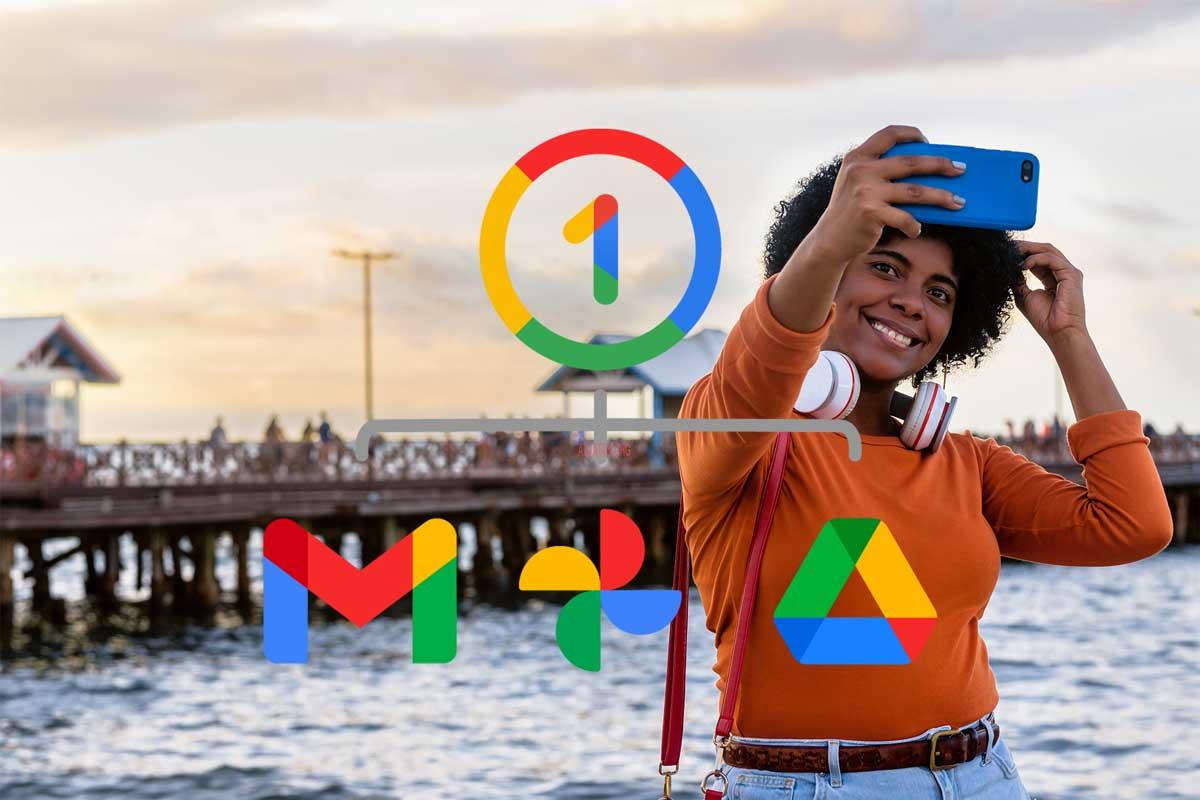
The Semantic Web is an evolution of the traditional web introduced in the 2000s. It is based on technologies and standards that make data understandable by machines, by giving them meaning and structure.
The Semantic Web is often defined as a set of technologies and methods that enable the representation and manipulation of data with a level of semantics, meaning, and context. The Semantic Web is a means of facilitating communication between machines and making information more accessible and understandable.
The Semantic Web is based on a set of standards and technologies such as RDF (Resource Description Framework), OWL (Web Ontology Language), SPARQL (SPARQL Protocol and RDF Query Language), and SKOS (Simple Knowledge Organization System). These technologies enable the representation of knowledge in the form of graphs and ontologies, semantic data querying, and inferring new knowledge from existing knowledge.
RDF is a technology that represents data in the form of graphs. RDF graphs consist of nodes that represent resources and relationships between them. The nodes are identified by URIs (Uniform Resource Identifiers) and relationships are represented by RDF triplets (subject, predicate, object). RDF allows the representation of data in a modular and flexible manner, which facilitates their integration and reuse.
OWL is a technology that allows the definition of ontologies to represent knowledge in a specific domain. Ontologies describe concepts and relationships between concepts in a precise and structured manner. Ontologies are defined using classes, properties, and axioms. OWL also allows the definition of inference rules to deduce new knowledge from existing knowledge.
SPARQL is a technology that allows querying RDF data in a semantic manner. SPARQL allows searching for data using queries that express knowledge about the data, rather than simple keyword-based queries. SPARQL also enables combining data from different sources using complex queries.
SKOS is a technology that allows the representation of vocabularies and taxonomies. SKOS defines concepts, hierarchical relationships between them, and labels for these concepts. SKOS facilitates the management and interoperability of vocabularies and taxonomies.
The Semantic Web offers numerous advantages for users and developers. It facilitates interoperability between systems, makes data more accessible and understandable, automates tasks, and infers new knowledge from existing knowledge. The Semantic Web can also be used in various domains such as education, health, finance, and business.
In conclusion, the Semantic Web is an important evolution of the traditional web that makes data understandable by machines, by giving them meaning and structure. The technologies and standards of the Semantic Web, such as RDF, OWL, SPARQL, and SKOS, enable the representation of knowledge in the form of graphs and ontologies, semantic data querying, and inferring new knowledge from existing knowledge. The Semantic Web offers numerous advantages for users and developers, such as facilitating interoperability, increasing data accessibility, automating tasks, and deducing new knowledge. Overall, the Semantic Web is a key evolution of the web that opens up numerous possibilities in various application domains.





